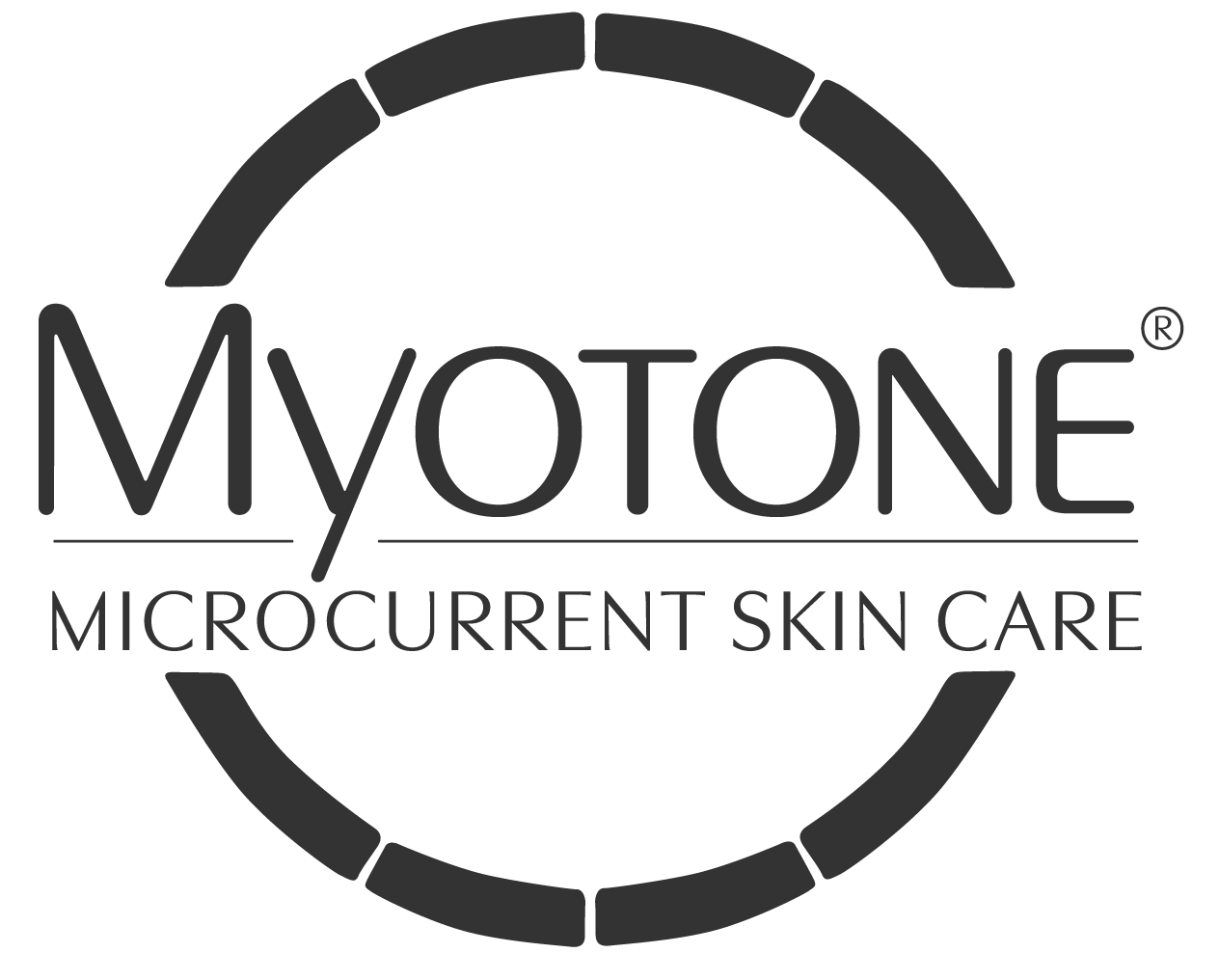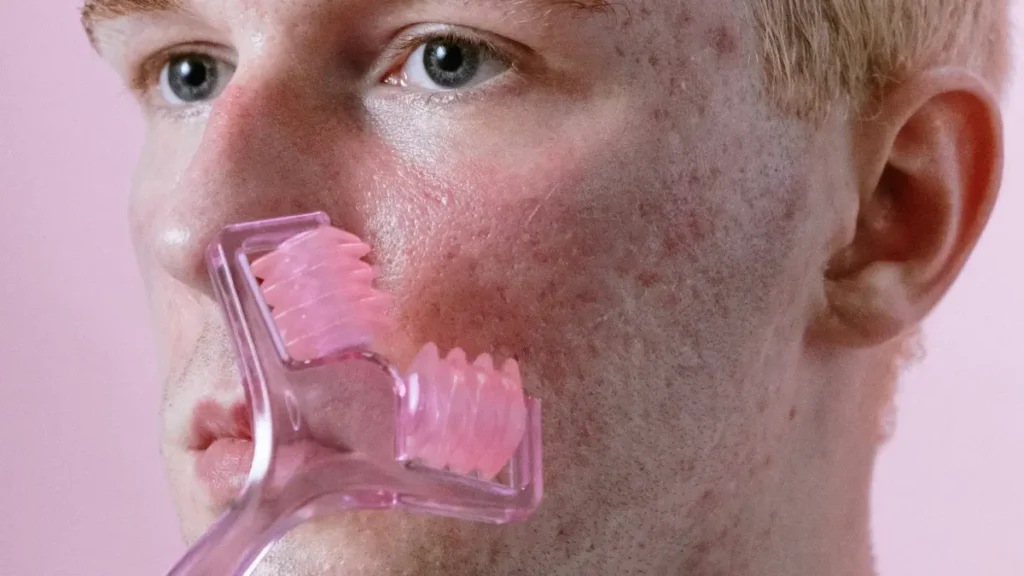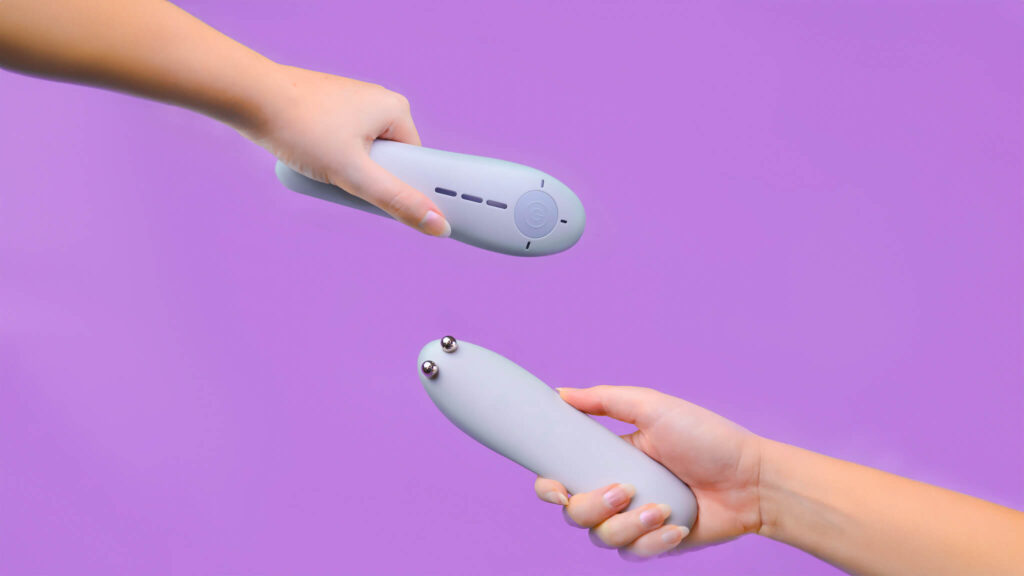Facial treatments like microcurrent and radio frequency (RF) treatments have gained significant popularity in recent years. But what exactly are these treatments, and how do they differ? Let’s delve into the intricacies of microcurrent versus radio frequency to understand their unique benefits and applications.
Understanding Microcurrent
Microcurrent therapy involves the application of low-level electrical currents to stimulate facial muscles, promoting cell rejuvenation, and tightening the skin. The treatment utilizes a microcurrent device that delivers gentle electrical pulses, mimicking the body’s natural electrical currents. These currents work to tone facial muscles, improve circulation, and enhance collagen and elastin production, resulting in firmer, more youthful-looking skin.
One of the key benefits of microcurrent therapy is its ability to provide immediate results with no downtime. Many individuals notice an instant lifting and tightening effect after just one session, making it an attractive option for those seeking quick fixes before special events or occasions. Additionally, microcurrent treatments are non-invasive and painless, making them suitable for individuals of all skin types.
Understanding Radio Frequency (RF)
Radio frequency treatments, on the other hand, utilize energy waves to heat the deeper layers of the skin, stimulating collagen production and tightening loose or sagging skin. RF technology delivers controlled heat to targeted areas, promoting collagen remodeling and tissue contraction. This results in smoother, firmer skin with improved texture and tone over time.
RF treatments are often sought after for their ability to address a wide range of concerns, including wrinkles, fine lines, and skin laxity. Unlike microcurrent therapy, RF treatments typically require multiple sessions to achieve optimal results, as collagen remodeling is a gradual process. However, the results of RF treatments can be long-lasting, with continued improvement seen over several months following the completion of a treatment series.
Similarities & Differences
While both microcurrent and radio frequency treatments offer notable benefits for skin rejuvenation, they differ in their mechanisms of action and the results they deliver. Here’s a quick comparison:
Stimulation: Microcurrent therapy stimulates facial muscles, resulting in immediate tightening and toning effects. RF treatments, on the other hand, target deeper layers of the skin to promote collagen production and tissue remodeling.
Results: Microcurrent therapy provides instant results with no downtime, making it ideal for those seeking immediate improvements. RF treatments offer gradual, long-lasting results, with continued enhancement seen over time.
Number of Sessions: Microcurrent treatments may require regular maintenance sessions to sustain results, while RF treatments typically involve a series of sessions spaced several weeks apart for optimal outcomes.
Suitability: Microcurrent therapy is generally suitable for all skin types and ages, while RF treatments may be more appropriate for individuals with concerns such as wrinkles, sagging skin, or uneven texture.
In conclusion, both microcurrent and radio frequency treatments offer effective solutions for enhancing skin health and vitality. While microcurrent therapy provides immediate results and is suitable for a wide range of individuals, radio frequency treatments offer long-lasting benefits with continued improvement over time. Ultimately, the choice between microcurrent and RF treatments depends on individual concerns, goals, and preferences. Whether you opt for the instant gratification of microcurrent or the gradual transformation of radio frequency, both technologies can help you achieve smoother, firmer, and more youthful-looking skin.

This article is brought to you by

Learn More ⭢



